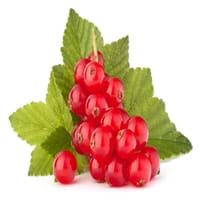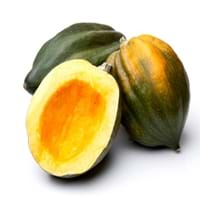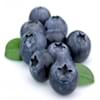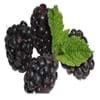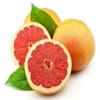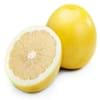Health Benefits
Cancer prevention, Gout treatment, Heart care, Regulation of heart rate, Treatment of rheumatism
Anti-inflammatory properties, Arthritis treatment, Regulates Blood Sugar
General Benefits
Anti oxidant properties, Controls blood pressure, Cures fever, Digestive aid, Healing of wounds, Helps in weight loss, Strengthens bones
Boosts immune system, Controls blood sugar levels, Digestive aid
Skin Benefits
Brightens and lightens complexion, Reduces wrinkles, Treatment of acne
Nourishes skin, Protects skin from oxidative stress
Hair Benefits
Protects hair
Prevents hair loss, Promotes longer and healthier hair, Regulates hair growth
Allergy Symptoms
Abnormally rapid heart rate, Anaphylaxis, Breathing difficulty, Hives, Itching, Swallowing difficulties
Asthma, Red rash, Swelling of mouth, tongue or lips
Side Effects
Possibly unsafe during pregnancy
Diarrhoea, Vomiting
Best Time to Eat
Best if taken as a breakfast (or empty stomach), As a snack in the late afternoon, Don't eat after meal, Morning time (before lunch)
Along with meal, As a snack in the late afternoon, Don't eat after meal, Eat the fresh ones, avoid mixing with any other foods, don't eat after meal.
Vitamin B5 (Pantothenic Acid)
Vitamin C (Ascorbic Acid)
Vitamin E (Tocopherole)
Not Available
Vitamin K (Phyllochinone)
Not Available
Lutein+Zeaxanthin
Not Available
Calories in Fresh Fruit with Peel
Calories in Fresh Fruit without Peel
Not Available
Not Available
Calories in Frozen Form
Not Available
Calories in Canned Form
Not Available
Varieties
Rovada, Stanza, Red Lake, Junifer and Jonkheer van Tets
Bush Table Queen, Heirloom Table Queen, Festival Hybrid, Early Acorn Hybrid, Table Ace, Ebony and Cream of the Crop
Color
Red
Dark green, Green-yellow, Orange green
Taste
Sour, Tart
Sweetish
Origin
Europe
Central America, North America, Unknown
Soil Type
Moist, Well-drained
Well-drained
Climatic Conditions
Cold
Cold, Sunny
Facts about
- The albino version of red currants known as white currants, are often sold as different fruit.
- Red currant tea is healthy substitute for coffee.
- There are more than 150 varieties of red currants.
- It was named as Acorn Squash for its resemblance to a large ribbed acorn.
- It is said that squash was being grown in Mexico as long as 10,000 years ago.
- It was the first food cultivated by native American Indians.
Top Producer
Russia
China
Other Countries
Belgium, France, Germany, Ireland, Italy, Netherlands, Poland, Portugal, Scotland, Spain, Sweden, United Kingdom
Egypt, India, Iran, Italy, Mexico, Russia, Turkey, Ukraine, United States of America
Top Importer
Germany
Costa Rica
Top Exporter
Russia
United States of America
Botanical Name
Ribes rubrum
Cucurbita Pepo
Synonym
Not Available
Winter Squash
Subkingdom
Tracheobionta
Tracheobionta
Division
Magnoliophyta
Magnoliophyta
Class
Magnoliopsida
Magnoliopsida
Subclass
Rosidae
Dillenhidae
Order
Saxifragales
Cucurbitales
Family
Grossulariaceae
Cucurbitaceae
Generic Group
Saxifrage
Not Available
Compare Red Currant and Acorn squash
It is important compare Red Currant and Acorn squash as both the fruits have a different nutritional value. Their comparison can be done on the basis of their vitamin and mineral content, calories, benefits as well as characteristics, making it easier for us to choose the best fruit for our diet. Their general health benefits are as follows:
Red Currant Benefits: anti oxidant properties, controls blood pressure, cures fever, digestive aid, healing of wounds, helps in weight loss and strengthens bones.
Acorn squash Benefits: boosts immune system, controls blood sugar levels and digestive aid.
Fruits are also used as a remedy for various hair problems. The hair benefits of Red Currant are: protects hair and hair benefits of Acorn squash are: prevents hair loss, promotes longer and healthier hair and regulates hair growth. Some fruits are known to cause allergic reactions. The allergy symptoms of first fruit are: abnormally rapid heart rate, anaphylaxis, breathing difficulty, hives, itching and swallowing difficulties and the symptoms of second fruit are: asthma, red rash and swelling of mouth, tongue or lips. Get sorted Red Currant vs Acorn squash comparison with the help of fruit comparison tool by fruitvs.com.
